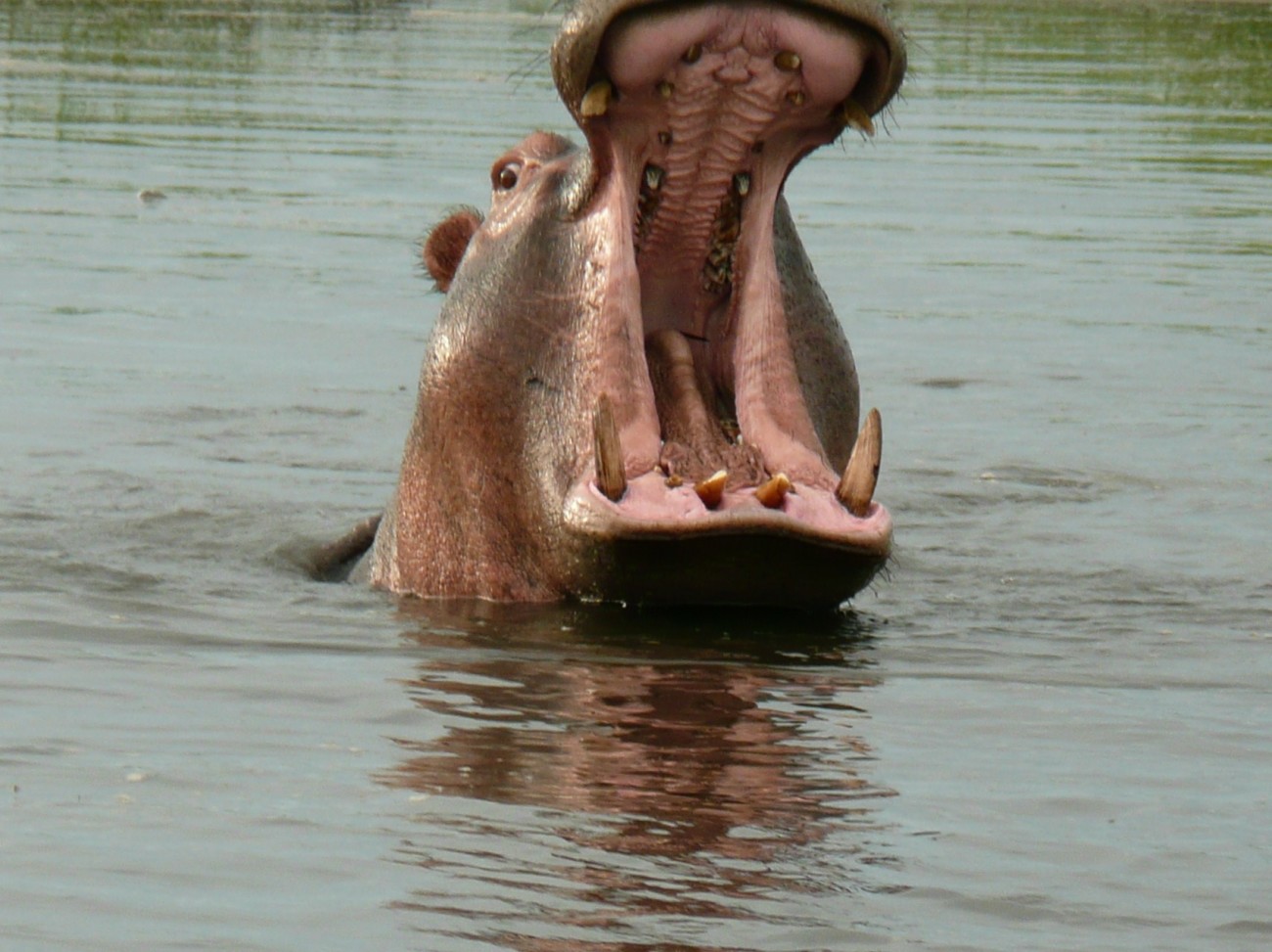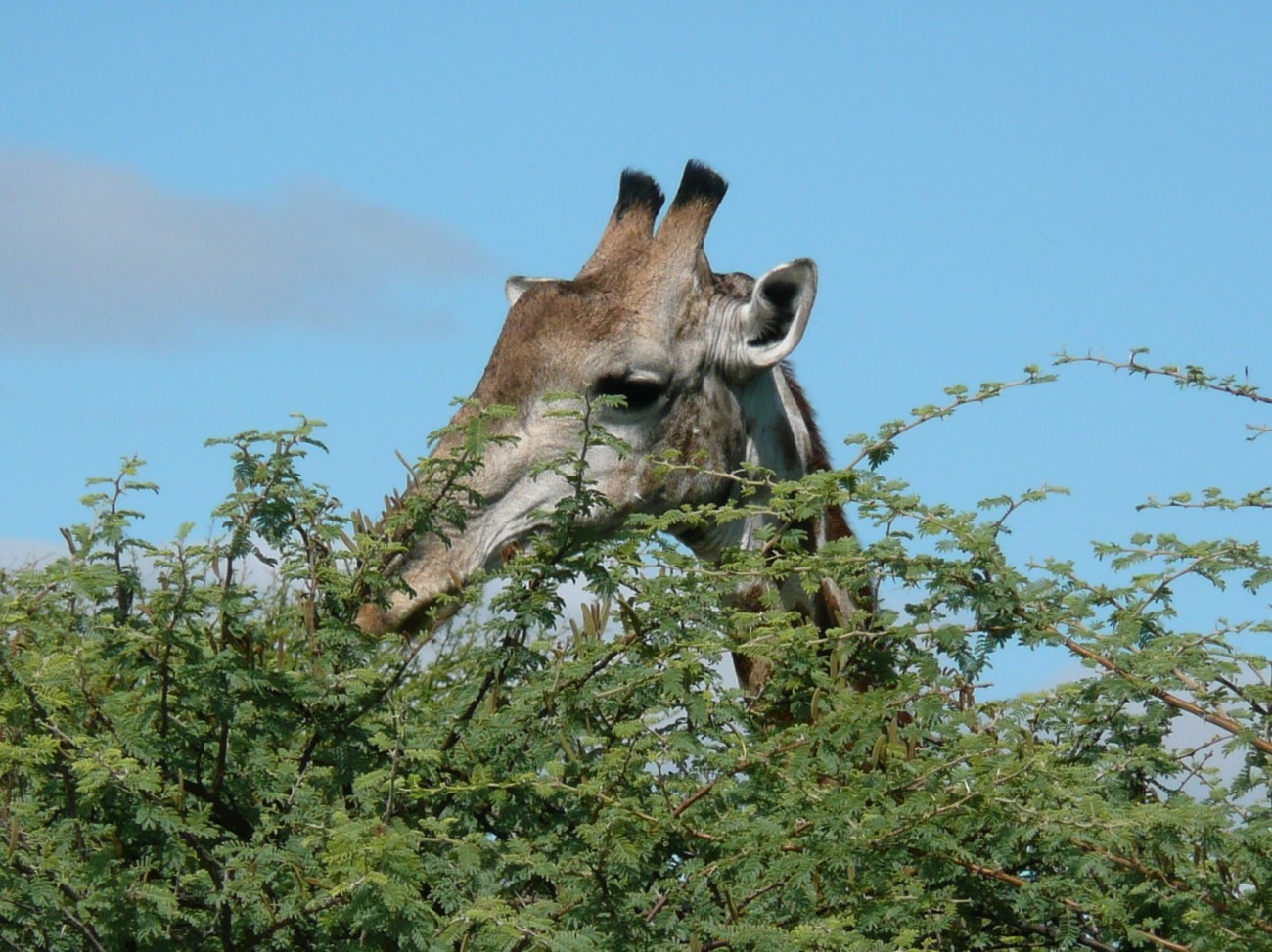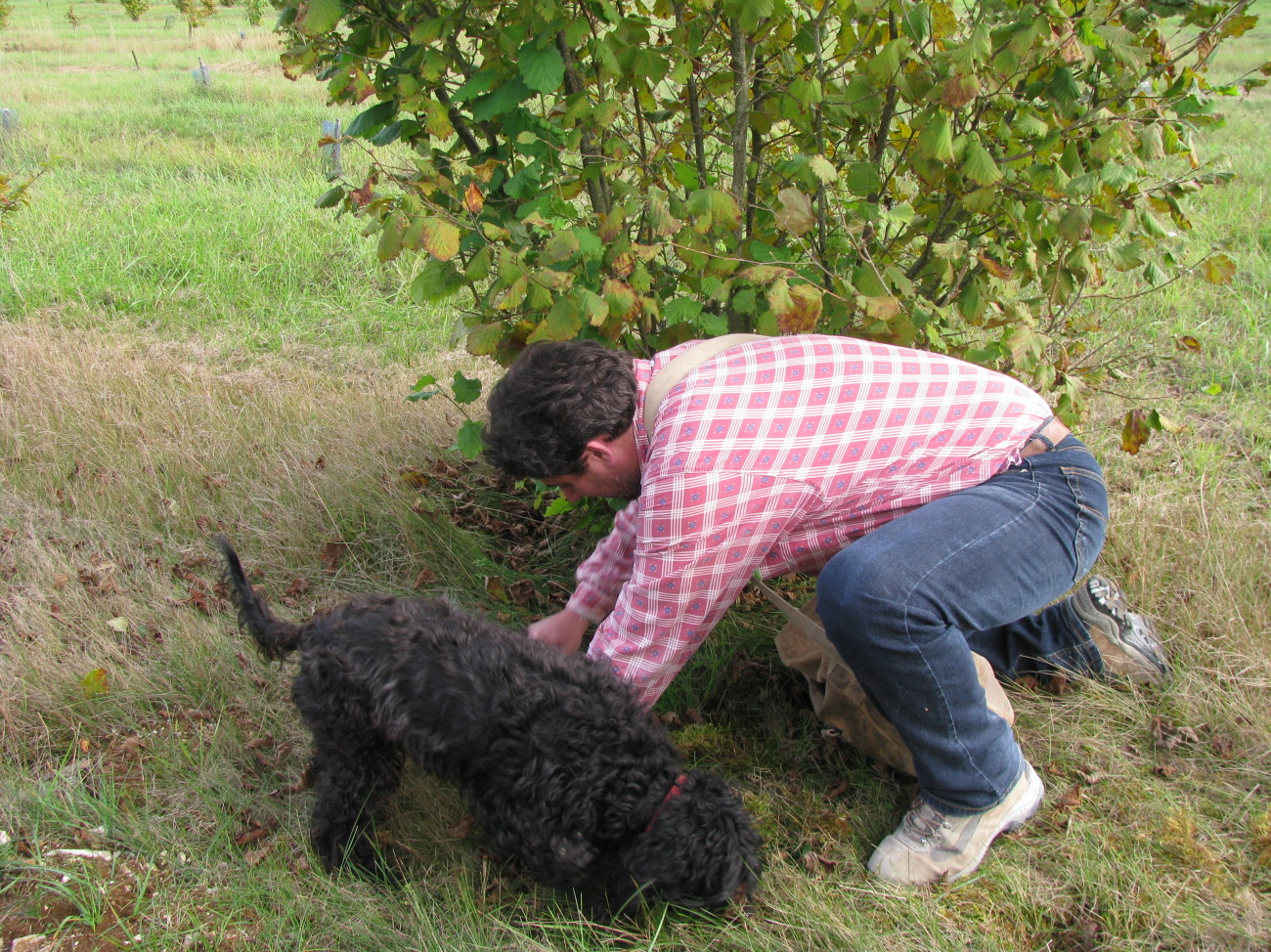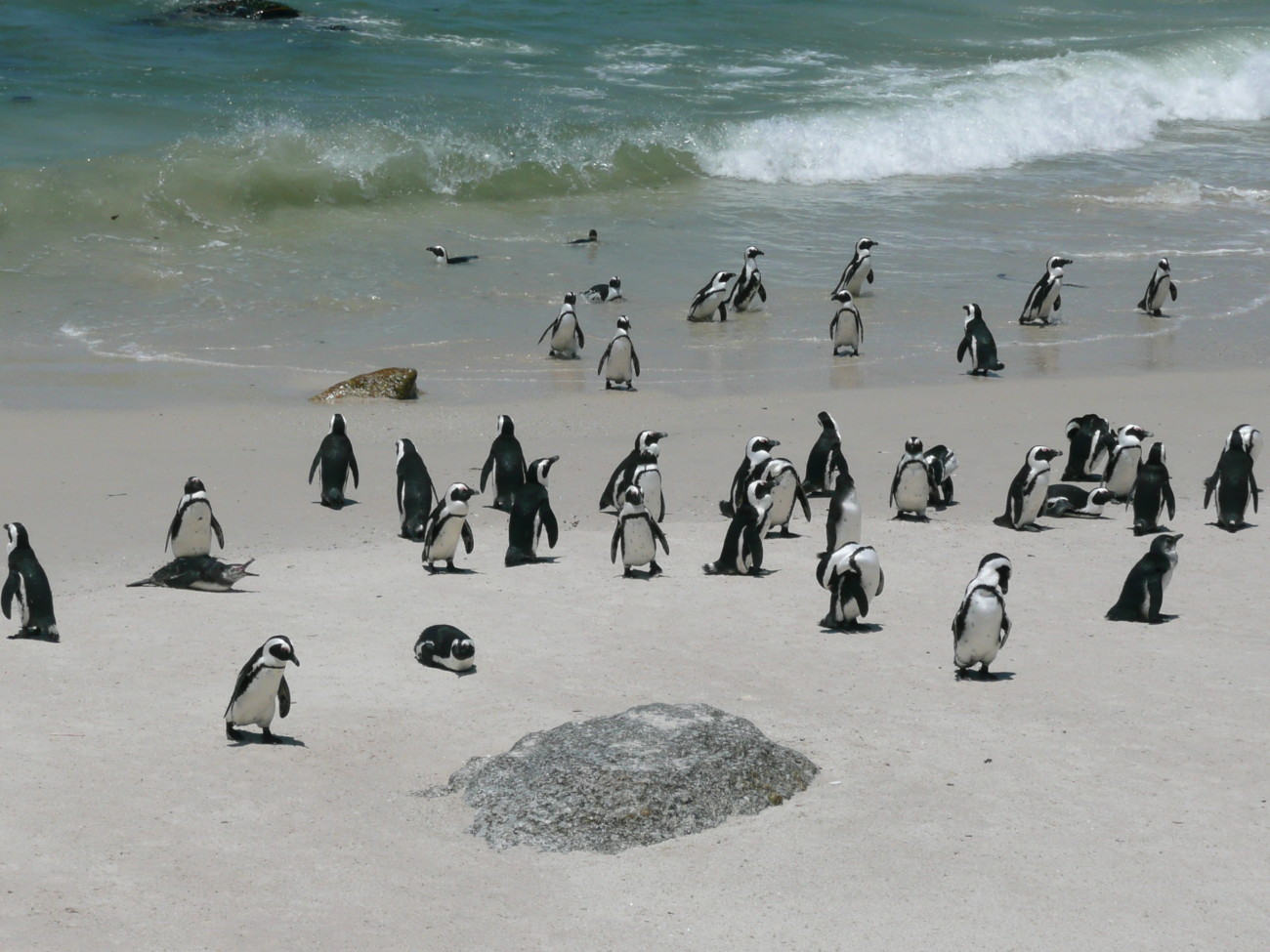
by Loti | May 3, 2013 | Africa, Animals
Africa. Hippos kill more humans than any other animal in Africa. So why am I in a small metal boat looking down the jaws of this hippo in a river in Botswana? Well, at the time, I had no idea they were so dangerous. And this yawn is one of their most aggressive postures. Meaning get the hell out of here. As the 3rd largest land mammal (behind elephants and rhinoceros) they spend most of their day submerged in African rivers and graze at night on the grasses surrounding the river. They can easily outrun a human and think nothing about biting a crocodile (or person, for that matter) in half. Yikes! And Hippos ooze this really cool liquid that acts as a sunscreen, insect repellent and antibiotic (for healing all the bite wounds they get when fighting each other). Sounds like we need to bottle the stuff for people (and there is actually research on the liquid being done today so stay tuned on the medical front. Hippos are so dangerous, the late Steve Irwin, known as the Crocodile Hunter, considered a 5 minute river crossing full of hippos the most dangerous segment ever filmed on his show. Pretty amazing considering he met a lot of wild animals. And although our boat ride turned out ok, numerous folks have been killed in boats by hippos. So maybe a little more research next time. But then I wouldn’t have gotten this great photo……...

by Loti | May 2, 2013 | Art, Malaysia, UNESCO
Malaysia. Remember tie dying T-shirts using rubber bands and wild, bold colors? Well this gentleman in the photo is practicing the centuries old art of batik. Cloth is hand coated with removable wax and then dyed much like tie dying, with beautiful, intricate patterns and colors. Batik has worldwide popularity (Obama’s late mother was an avid collector) and is designated a Masterpiece of Intangible Humanity by UNESCO, the World Heritage folks (a masterpiece of what??? Basically non material art forms including dance, language and sports). Since I have never heard of this designation, I wondered what else were called Masterpieces. An interesting cross section of activities, it turns out represent our traditions and habits. Carpet weaving in Azerbaijan, the Royal Ballet in Cambodia, the Bejing Opera, Tightrope Walking in South Korea, Falconry in Belgium and of course, as we now know, Batik in Southeast Asia. All designated Masterpieces. Very interesting. But back to batik. As an important part of various cultures, Indonesian officials ask government employees wear batik on Fridays; Singapore and Malaysian Airlines have batik as part of the flight attendants uniform and Nelson Mandela wears batik on formal occasions. So I am researching taking a batik class and looking at samples of batik on line. It just adds to my whole new world. What fun!...

by Loti | Apr 30, 2013 | Africa, Animals
Africa. Not only is the giraffe the tallest mammal alive, it is the 2nd largest land animal (after the elephant) and the largest ruminant. The largest what? What in the world is a ruminant (other than a really cool word)? Well, ruminates soften their food in their first stomach (they have 4 stomachs one of which is called the rumen), regurgitate it (a polite way of saying they throw it up) and then chew it again to further break it down so they can digest it. Other ruminates include cattle, sheep, goats, camels, deer and antelopes. All have split hooves and eat by grazing. Giraffes just do it from a much higher vantage point since they can be 20 feet tall. Ruminates are able to digest grasses and other vegetation that animals with only one stomach can not digest. They literally chew the cud or chew the regurgitated mass. So while chewing the cud has come to mean pondering or meditating, it also means rechewing your food, if you just happen to be a ruminant. ...

by Loti | Apr 26, 2013 | Animals, Food, France
France. Given a choice of touring Dijon, France on our barge trip or going truffle hunting, the choice was obvious (at least to me). A truffle hunt with a Lagotto, a dog bred to hunt truffles, was in order. There are hundreds of truffle types, but we were going to hunt for black ones. So what exactly is a truffle (and I am not talking about the chocolate kind although, in my opinion, they taste better)? Truffles are mushrooms growing underground, often around the base of a tree. They are usually harvested by pigs and dogs who can smell the fragrant fungi. Pigs are used less today (they are actually outlawed in Italy) as they damage the truffle habitat while digging and then they eat the truffle. Dogs don’t seem to really like the truffle which works much better. Known as one of the most expensive foods on the planet (currently selling for over $500 a pound which is still less than bird nest soup), I got to taste one that had just been dug up by our truffle dog shown in the photo. It tasted like dirt and dog slobber so I don’t really get the big deal. And on the cooking show “Chopped”, any chef using truffle oil almost always loses. Come to find out, truffle oil rarely contains truffles but is olive oil with a synthetic chemical made from formaldehyde. Yum. While truffles are mainly grown in Italy and France, we are starting to see them cultivated in the US in Oregon and even Tenn. So if you get a chance to taste one or watch...

by Loti | Apr 25, 2013 | Africa, Animals, Endangered Species
Africa. I never expected to see penguins frolicking in the warm surf, in Africa of all places. But there they were at the beach at The Cape of Good Hope, the Southern tip of Africa. The African Penguin, also known as the Black-Footed Penguin or the Jackass Penguin because of the donkey like bray they make, are endangered. Only about 55,000 remain, down from 4 million at the turn of the century. And without a halt in their decline, they are expected to be extinct within 10 years. But they could be extinct now if not for the largest animal rescue ever in the world back in 2000. The MVP Treasure, an iron ore tanker, sank off the African coast and released 1300 tons of fuel oil. Almost half of the entire African penguin population was at risk of dying from oil exposure. Volunteers came from all over the world, over 12,000 people, to help individually wash each bird. 40,000 birds were affected with over 90% saved. Read about the rescue in “The Great Penguin Rescue” or watch a Ted talk (www.ted.com/talks/dyan_denapoli) both by Dyan deNapoli, one of the rescuers. The message she delivers is inspiring. Each of us can make a difference, whether one penguin at a time or one moment at a time. What difference can I make today? ...






